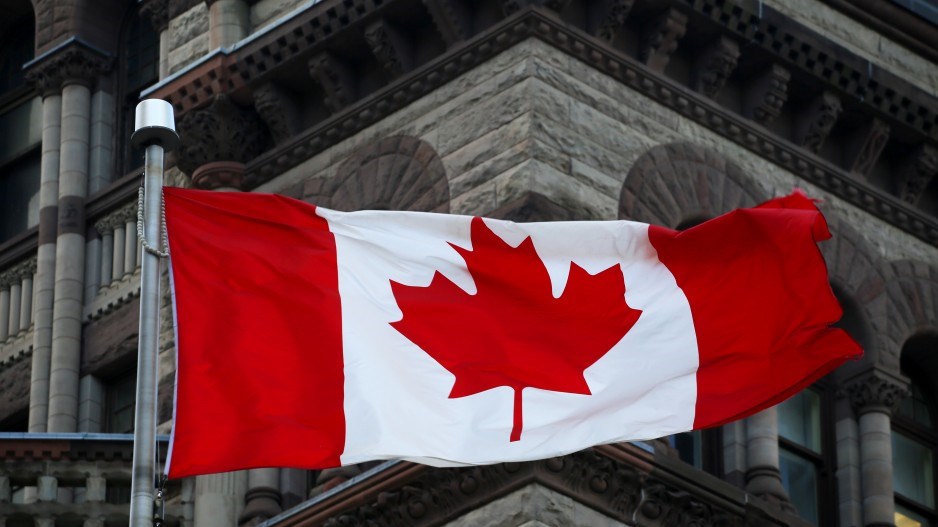A few days ago, the House of Commons Standing Committee on Health announced it was launching a study on women’s health. The Committee includes a chair, two vice-chairs and nine other members.
Only one of these 12 people is a woman.
Criticism towards the composition of the committee grew quickly. It was obvious to many that a study on women’s health in Canada should directly involve more female members of the House of Commons. Still, we are nowhere near achieving gender equality in Parliament.
In the 2021 federal election, 103 of the 338 seats in the lower house were won by women. In the appointed Senate of Canada, 48 of the 105 currently occupied seats are held by women.
Research Co. and Glacier Media asked Canadians about gender equality in the country and found a public that is eager for action. We are more than five decades removed from the recommendations of the Royal Commission on the Status of Women, but Canada has not had a female prime minister since 1993. Right now, only two of the current heads of government in the 13 provinces and territories are women: Danielle Smith in Alberta and Caroline Cochrane in the Northwest Territories.
Across the country, sizable majorities of Canadians think women generally have the same opportunities as men to get a university degree (86 per cent) and be financially independent (74 per cent). The proportions are lower on two other items tested: Women becoming elected politicians (64 per cent and dropping to 56 per cent among female respondents) and women becoming CEOs of private companies or corporations (52 per cent and dropping to 47 per cent among female respondents).
Fewer than half of women in Canada believe the opportunity to run a major corporation is attainable. The frustration with the absence of pay equality is also palpable across the country. Only 26 per cent of Canadians think women and men in Canada are paid the same salary when working the same job. Among women, the proportion plummets to 19 per cent.
The gender gap is inevitable on these questions, but the generational differences can also be perplexing. While majorities of Canadians aged 35 to 54 and aged 55 and over think women have the same shot as men at becoming elected politicians (64 per cent and 73 per cent, respectively), only 44 per cent of Canadians aged 18 to 34 feel the same way. The generation that has grown with intense messaging related to gender equality is more likely to believe that, at the ballot box, the guidelines are different.
When we asked Canadians about their general reaction to women running for political office, more than seven in 10 (72 per cent) claim this fact has no influence in their vote. Fifteen per cent say they are “more likely” to cast a ballot for a woman, and six per cent say they are “less likely” to do so.
Of course, the question only helps to pinpoint perceptions that are not based on policies or parties. We do see Canadians who voted for the Liberal Party and the New Democratic Party (NDP) in 2021 generally expressing more support for female candidates (18 per cent and 14 per cent, respectively) than those who cast ballots for the Conservative Party (eight per cent).
Federal political parties choose their candidates internally. In the 2021 federal election, the proportion of female candidates was highest for the NDP (52 per cent), followed by the Bloc Québécois (47 per cent), the Green Party (44 per cent), the Liberal Party (43 per cent) and the Conservative Party (33 per cent).
One way to deal with the current gender imbalance is to estalish quotas so that a minimum mandatory number of women occupy seats in the House of Commons and the Senate. This idea is supported by 50 per cent of Canadians and opposed by 38 per cent. Support for gender quotas in federal legislatures reaches 58 per cent among women, but falls to 43 per cent among men.
There is one issue where agreement is practically universal, with 82 per cent of Canadians supporting the implementation of policies to allow both mothers and fathers to take paid parental leave when having a child.
The federal government may have achieved gender equality in cabinet, but 44 per cent of Canadians think it should be doing more to improve gender equality across the country. For 57 per cent of Canadians, there is still a long way to go in order to achieve full gender equality, even in a developed nation such as ours.
Canadian women are particularly dismayed at the current state of affairs. While not many may be considering a career in public office, positive perceptions on the purported existence of pay equity – one of the goals of the Royal Commission on the Status of Women in 1970 – are painfully low. Half of women in Canada (50 per cent) believe it is time for the federal government to do more, and more than three in five (62 per cent) think there are many milestones yet to be met.
Mario Canseco is president of Research Co.
Results are based on an online study conducted from Nov.3-5, 2023, among 1,000 adults in Canada. The data has been statistically weighted according to Canadian census figures for age, gender and region. The margin of error – which measures sample variability – is plus or minus 3.1 percentage points, 19 times out of 20.






